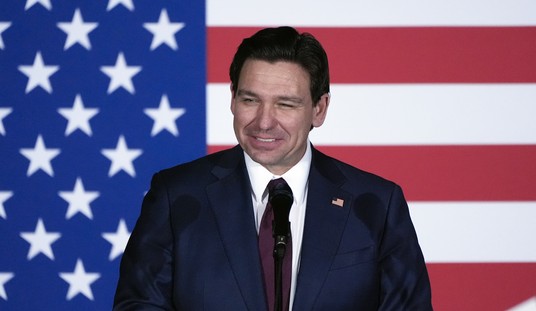The expanding war in the Democratic Republic of Congo's eastern provinces is a bitter reminder that complex problems cannot be fixed with good intentions and inspiring rhetoric.
A quick history of the last decade in central Africa becomes a damning litany of slaughter propelled by fear, greed, lust for power and factional jealousy.
War ripped the Congo when the former dictator Mobutu Sese Seko fell in 1997. A series of peace agreements -- blessed by the United Nations and "the international community" -- purportedly ended the Great Congo War in 2003. That conflict killed 3.5 million to 5 million people. Body counts in an impoverished geographic expanse roughly the size of Western Europe are notoriously inaccurate, but even the lower figure tops the 2 million murdered in Cambodia's communist-run genocide in the mid-1970s.
A piece of paper does not equal peace. The fighting never quite stopped in the eastern Congo. Troubles along the Ugandan border continued. North and South Kivu provinces remained in turmoil, with North Kivu's Rwandan border a particularly violent area.
North Kivu ties to another genocide: the 1994 mass murder of 800,000 Tutsis and Hutu tribal moderates in Rwanda. That genocide, committed by Rwandan Hutu "Interahamwe" radicals, led to an invasion by Tutsi guerrillas in the Rwandan Patriotic Front (RPF). The RPF defeated the Interahame and the murderers fled -- many to eastern Congo.
In Congo, Hutu radicals formed organizations like the Democratic Forces for the Liberation of Rwanda (FDLR). The FDLR, along with scores of other "militias" (many more criminal than political, and all with some tribal affiliation) savaged eastern Congo during the Great Congo War, as foreign armies (like Uganda's) plundered Congo's mineral wealth.
Recommended
U.N. peacekeepers have had some successes in the Congo, including facilitating a reasonably fair national election.
But in 2004, a former Congolese officer, Laurent Nkunda, formed his own militia, which became the core of his National Congress for the Defense of the People (CNDP) force. The CNDP draws on Congolese Tutsis for its base. The CNDP says it is combating the FDLR, whose radical Hutu leadership represents a threat to all Tutsis.
In late August 2008, Nkunda launched an offensive in North Kivu. He also began a political attack, talking about a bigger war against the Congolese government in Kinshasha -- a pan-Congo conflict. In the past two weeks, Nkunda's forces have smashed the Congolese Army in North Kivu. A small U.N. force controls North Kivu's capital, Goma, on the Rwanda-Congo border. U.N. forces in eastern Congo are stretched thin -- they must defend and aid at least a half-million refugees. U.N. Secretary General Ban Ki-Moon forsees a "humanitarian catastrophe."
This tangled tale qualifies as a sketch merely suggesting eastern Congo's tragic complexities.
The United Nations' Congo operation epitomizes multilateralism and international action intended to stop slaughter, create justice, end theft and bring peace in a neglected corner of the world. Good words? Yes. Good intentions? Of course.
Transforming inspiring words and good intentions into on-the-ground operations is a sobering experience -- ask construction companies caught between the architect's design and the actual acreage. An insistent critique of U.S. foreign policy is that it isn't multilateral or sufficiently blessed by the "international community." However, "mulitilateral" and "international" have no magic in complicated killing fields like eastern Congo.
The U.N. peacekeeping effort has not been a waste, but like so many hard corners on the planet, eastern Congo's troubles have no solution, only various stopgap mitigation that may (we pray) ultimately seed positive change. That isn't very hopeful. It isn't inspiring. But it is reality -- a vexing reality that brings starry-eyed rhetoric back to earth.

























Join the conversation as a VIP Member